
Celebrating 7 years of The Narwhal — and gearing up for the next 7
Between a fresh take on engagement and our new life on video, our team is...
Steve Clark dug his heels in, but in the end he couldn’t stand: on Labour Day, he stepped down as Ontario’s minister of municipal affairs and housing after a second watchdog report excoriated his role in opening protected Greenbelt land to development.
The Doug Ford government has tried hard to brush off public outrage over its decision to open 3,000 hectares, or 7,400 acres, of long-protected land to development. For almost a year now, it’s stuck to a favoured talking point — building on the Greenbelt is the only way to address Ontario’s housing crisis, despite its own housing affordability task force finding the main issue isn’t about opening new land, but rezoning land within existing urban centres to allow densification.
Then two August reports — one from the auditor general, the other from the integrity commissioner — confirmed reporting by The Narwhal and the Toronto Star that the process of choosing what land to develop benefited a small handful of wealthy developers, most with deep ties to Ford or the Progressive Conservative party. The auditor general said a few people stood to gain quite a lot, with the value of the land skyrocketing by over $8 billion since the decision to open it was made.
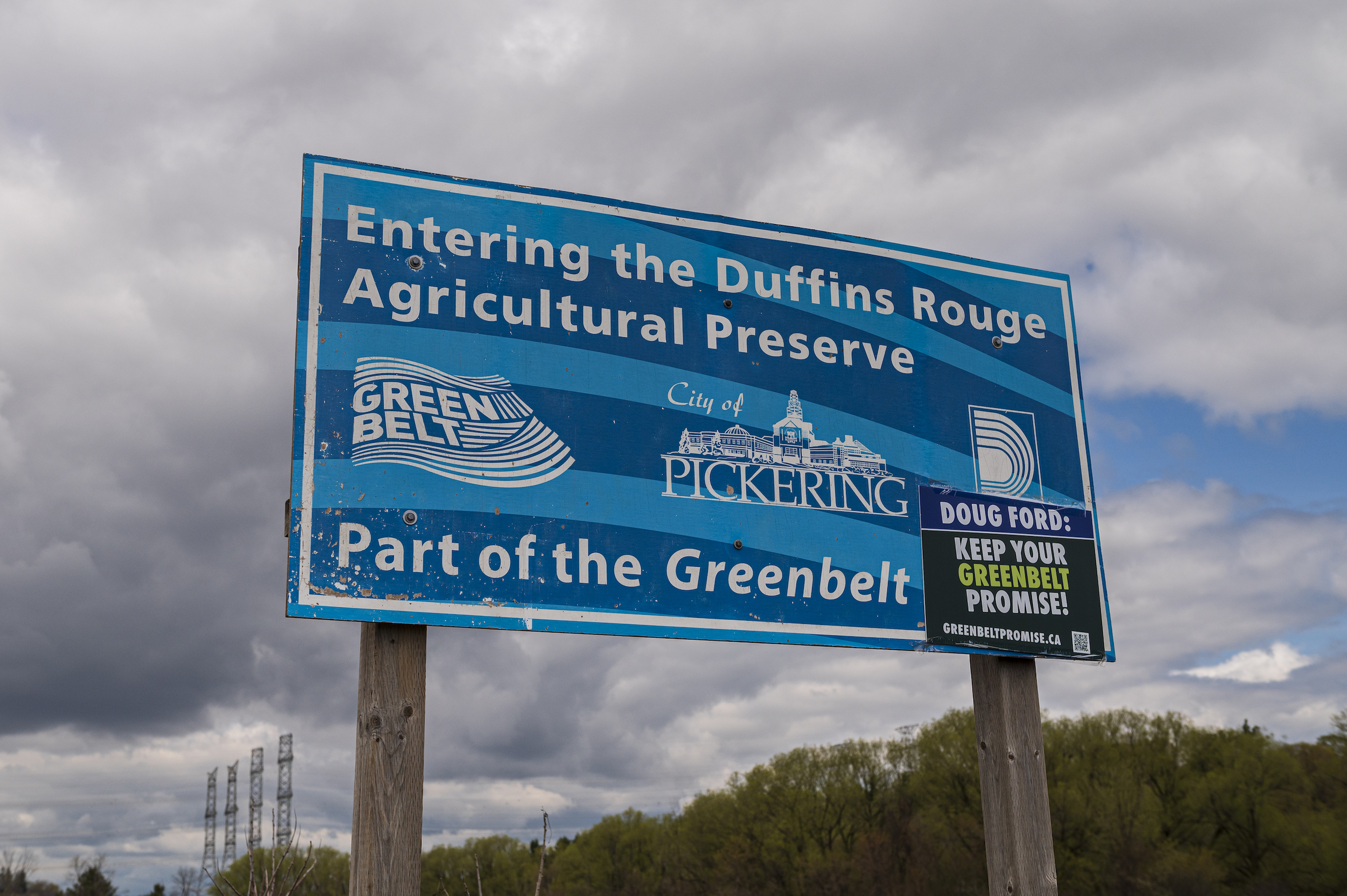
While the watchdogs said the rushed, flawed process was driven by Clark’s former chief of staff, Ryan Amato, the integrity commissioner also said Clark’s culpability actually lay in dissociating himself from such an important, sensitive file. The integrity commissioner found Clark breached ethics laws around conflict of interest and insider information when he put his “head in the sand,” allowing powerful developers to influence Amato, who then skewed the selection in their favour.
Even so, Clark was adamant last week that while he “took responsibility,” he wouldn’t step down, with Ford stating his support for the minister. But over the long weekend, something changed. On Sept. 4, Clark resigned, saying in his letter to the premier that he was becoming a “distraction.”
His move triggered a cabinet shuffle, a total of seven changes including Paul Calandra taking over municipal affairs and housing. Prabmeet Sarkaria is now transport minister, replacing Caroline Mulroney, who became president of the Treasury Board — having herself withstood an environmental storm over the government’s proposed new highways, the 413 and the Bradford Bypass, two controversial projects also drawing pushback from the public.
The question Ontario is trying to answer is whether it’s possible to improve housing availability and affordability while also protecting the farmland, forests, wetlands and other green spaces needed for endangered species habitat, food security, clean water and absorbing stormwater. It’s an issue that stretches beyond the Greenbelt to almost every aspect of the Ford government’s development policy, including the many municipalities forced to expand their urban boundaries, allowing development applications on land local councils had wanted to preserve. There is also the government’s unprecedented use of minister’s zoning orders to enable construction where it wants and last year’s weakening of conservation authorities, unique watershed management bodies that experts have credited with protecting highly populated southern Ontario from disastrous floods.
Clark, the minister that drove these changes, may no longer be in charge of the housing file — but have any of the threats to the natural environment lessened? On Tuesday, Ford tried to change the channel at a press conference, saying he’d launch a Greenbelt review. But when reporters pressed him on whether that means pausing or halting development on the opened parcels, he mostly dodged or tried to change the topic, reading misleading talking points off a teleprompter.
Those included a repeated statement that his government will follow the auditor general’s “14” recommendations when there were actually 15 — avoiding the suggestion to seriously consider reversing the land openings. The refusal to do so anytime soon was confirmed in a letter obtained by The Narwhal: in it, Calandra tells municipal officials that development processes on former Greenbelt land will continue during the review, which will prioritize “appropriately accommodating Ontario’s significant growth.”
Here’s what the cabinet shuffle and Ford’s Greenbelt review might mean for the land at the heart of the scandal, as well as the Ontario municipalities grappling with constant, confusing and contradictory land-use announcements as they try to house growing populations.
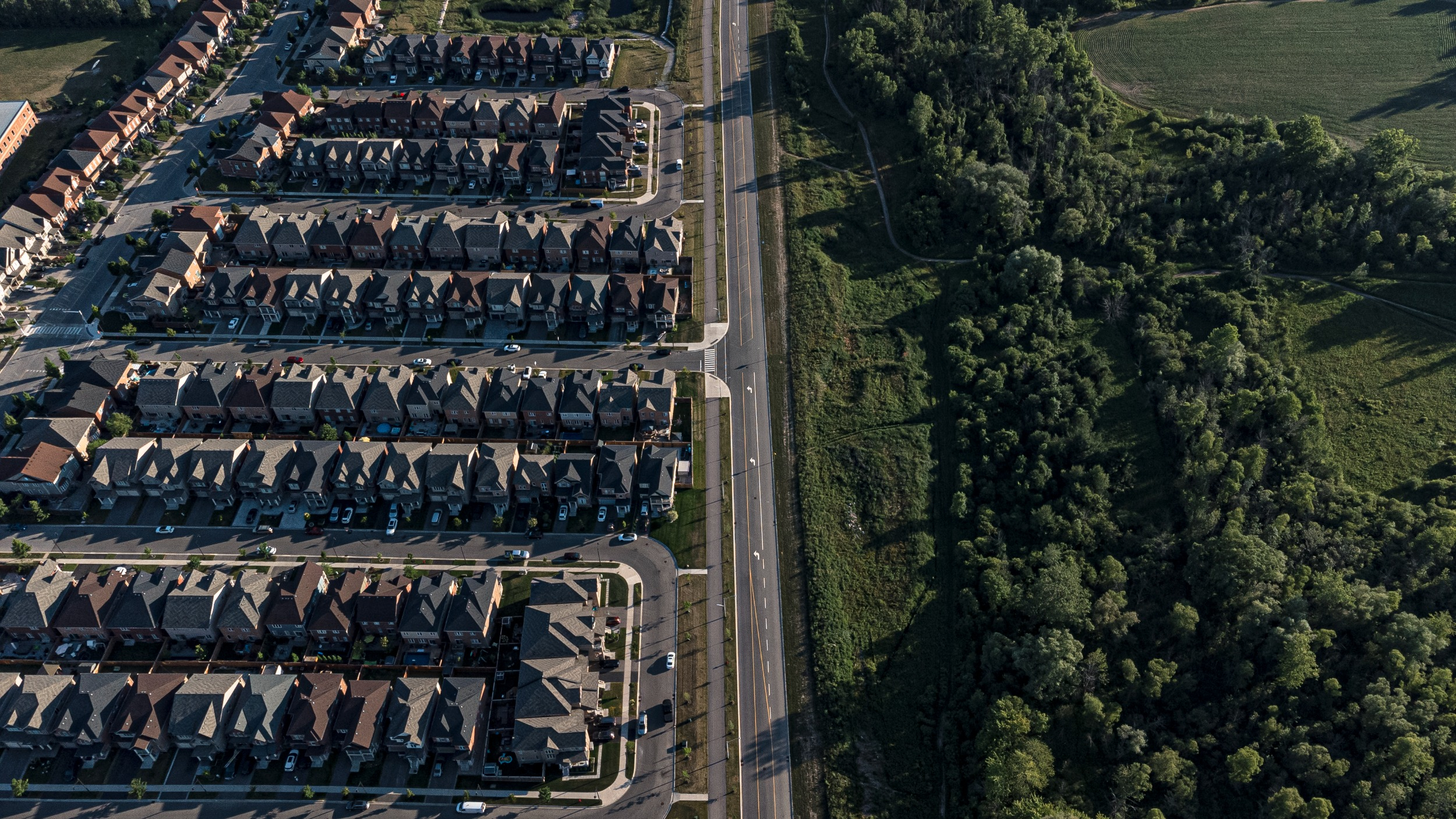
A testy Ford was muddled on the details of his planned Greenbelt review Tuesday. What’s clear, however, is the premier has no intention of quickly reversing the Greenbelt decision — and may even be willing to allow building on more protected land.
At first, Ford said the “full review” would focus on the “process” of choosing what land to remove from the Greenbelt. Then he said it would look at the actual pieces of land he removed protections from. He framed the exercise as the 10-year review mandated when the Greenbelt was created. But it’s two years early for that and the last time a review kicked off, the Liberal government of the day refused to entertain the idea of opening it up to development. In the end, they made 17 small adjustments that amounted to 371 acres, a fraction of the scale of the Progressive Conservatives’ changes.
As reporters pressed him for details, Ford added the review would also consider 700 or 800 applications to remove land from the Greenbelt — an apparent reference to the number of requests to change the area’s boundaries since it was created in 2005 (estimates of this number vary, and the auditor general’s report said there had been 630 requests).
Finally, more than half an hour into his press conference, the premier clarified developers who own lands he removed from the Greenbelt would be allowed to continue construction plans, even as the review gets underway.
“There’s going to be a complete review from top to bottom and they’re going to have to stand on their own merit,” he said, declining to give a timeline or any criteria. Most of the sites where protections were removed last year didn’t initially meet the government’s own criteria for removal — Amato directed bureaucrats to change the guidelines and the boundaries of some sites proposed by developers until they fit, according to the auditor general’s report.
The review could also place new environmentally-sensitive properties on the chopping block, as the Progressive Conservatives consider a flood of requests to take land out of the Greenbelt. When asked if the process would result in more protected lands being opened up for housing construction, Ford said it was possible: “We’re going to see what the review says at the end of the review, and we’ll analyze it. That will be up to the minister to make that decision.”
“I believe the premier today declared open season on the Greenbelt,” Green Party Leader Mike Schreiner said in response.
It’s unlikely the Greenbelt review will stop the federal government from subjecting projects proposed for formerly protected land to an extra layer of scrutiny. In particular, federal Environment Minister Steven Guilbeault has said he’s concerned about the Duffins Rouge Agricultural Preserve east of Toronto, home to high-quality farmland and green space that forms a crucial buffer for Rouge National Urban Park, mitigates local flood risk and provides habitat for species at risk.
The threat of federal intervention is a major wild card: the Trudeau government has already launched a study on how development could impact former Greenbelt lands and Rouge National Urban Park, but if Guilbeault does decide to use his full powers to get involved, it could halt housing construction there or delay it for years.
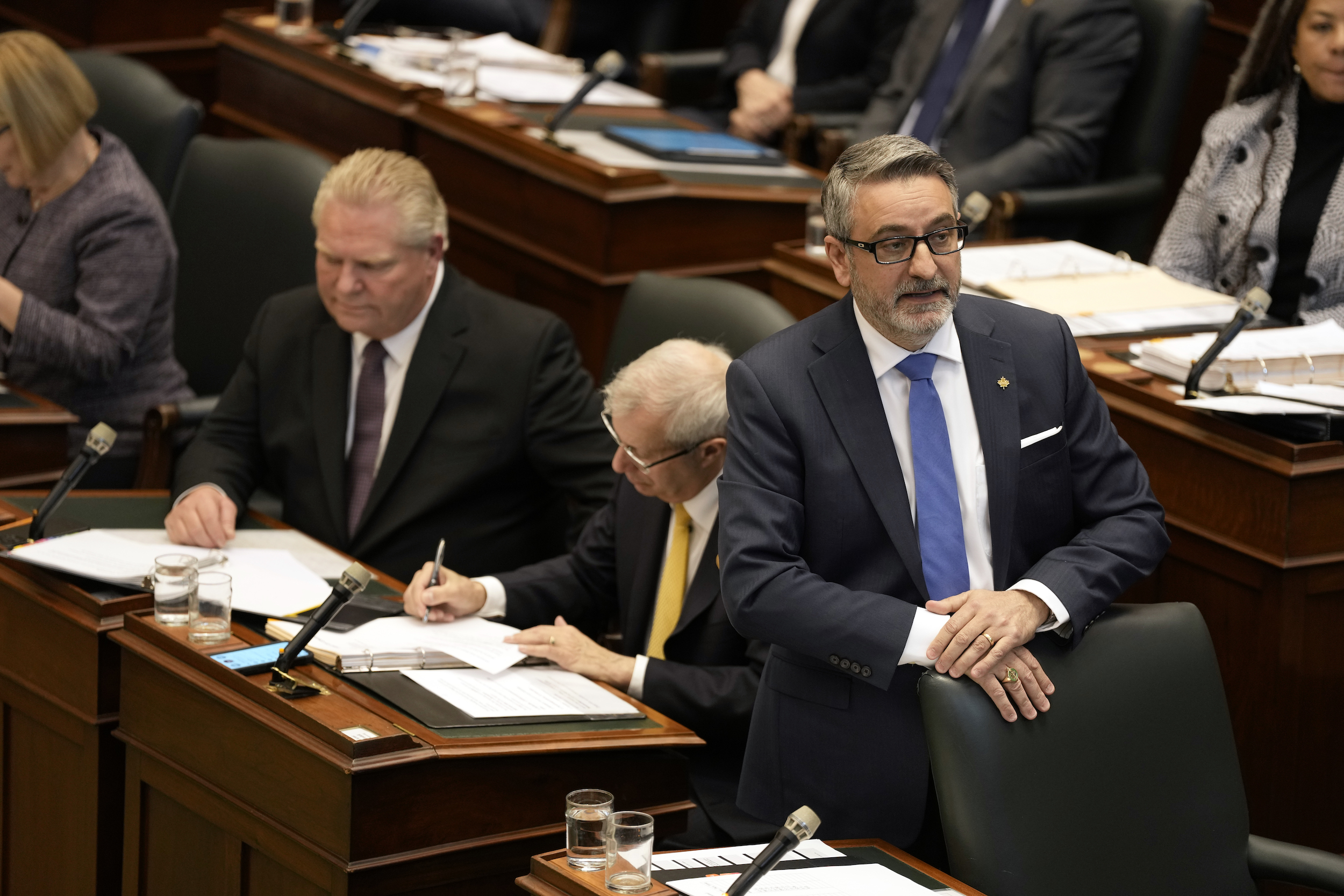
A former federal Conservative MP in Stephen Harper’s government, Calandra has served in Ford’s cabinet since 2019. As house leader, he’s often been called to stand in the line of fire at Queen’s Park or right the ship when things go awry. He became minister of long-term care after his predecessor Rod Phillips resigned for breaking COVID-19 protocols, and stemmed the tide of damaging headlines, though critiques about his management of the file persisted.
Calandra is now faced with a similar task, taking over the embattled municipal affairs and housing ministry during a high-profile crisis.
In a press conference at Queen’s Park on Sept. 6, Calandra repeatedly promised “accountability” to restore public trust, announcing a “suite” of reviews.
First, he said Ford had given him “extraordinary clear” directions to conduct a “fulsome” review of the Greenbelt, putting the parcels opened to development “under the microscope” in “a fair and open process.” When asked why the government was moving up the required review by two years, Calandra said it will “help alleviate some of the pressures that might have been brought up in the system.”
“I actually think it is the right time to do it,” he told reporters. “We can gather all of the information from multiple planners at the same time.” He added that when the proposal to drop protections on some Greenbelt lands was first brought to cabinet he was “very supportive” and believed it would help build more homes in the province, at odds with evidence to the contrary.
Second, Calandra said he has instructed the province’s non-partisan provincial facilitator, who is tasked with negotiating with landowners on how to build at least 50,000 homes on Greenbelt lands, to finish her work by the end of 2023. He promised to publish the results as soon it’s is complete.
Unexpectedly, Calandra also said he has asked ministry officials to help review the policy around minister’s zoning orders, a controversial land use mechanism the Ford government has employed over 100 times, more than any previous Ontario government. The orders allow the province to fast-track development by rapidly changing the rules for how a piece of land can be used. The government isn’t required to seek public feedback first, and the orders cannot be appealed.
Calandra told reporters his office would ensure the orders are only used to build homes — an odd statement, since the Progressive Conservatives have for years employed them to greenlight a Walmart warehouse, an Amazon warehouse that was later cancelled and manufacturing facilities.
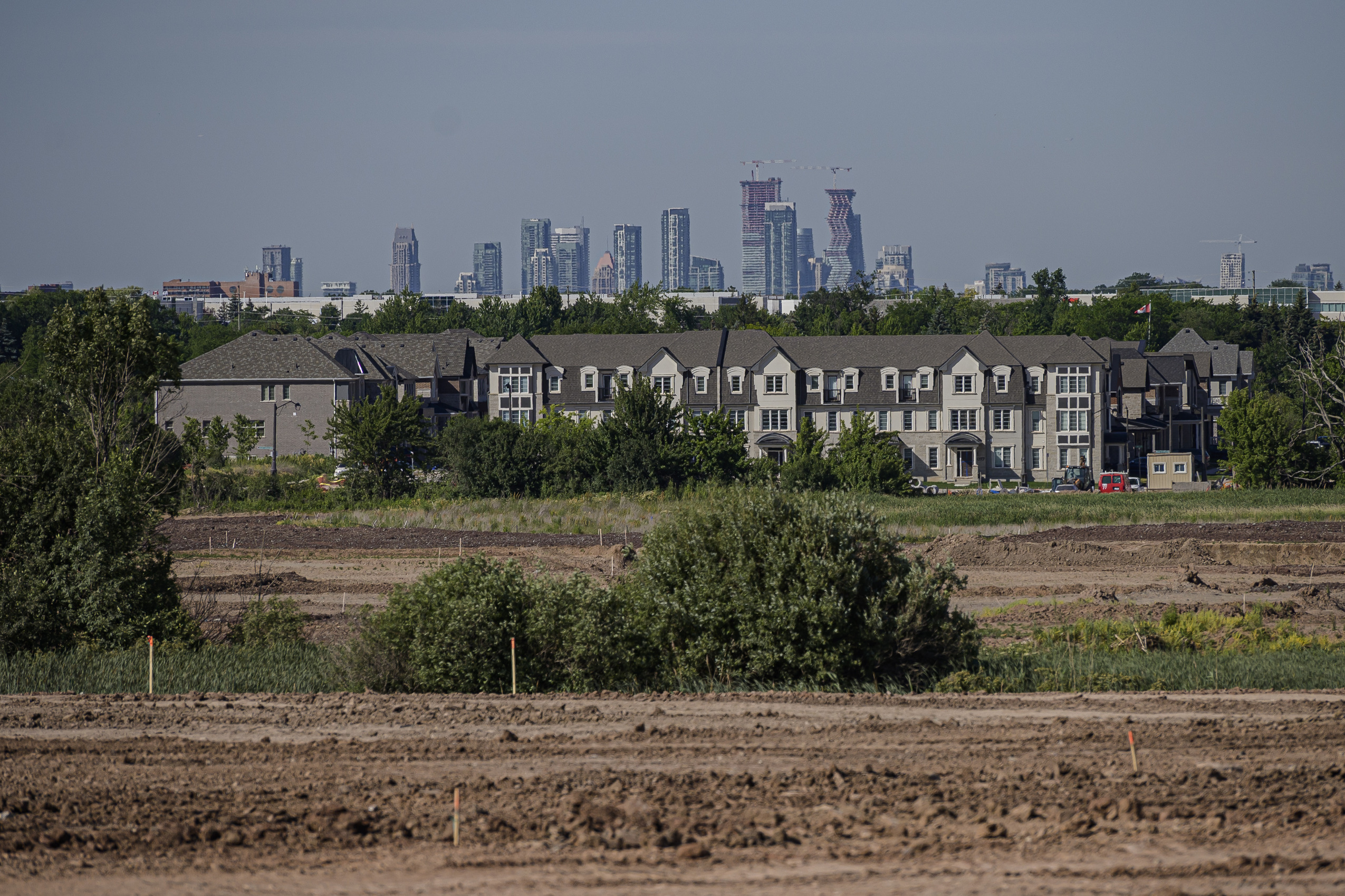
Though he referred to developers as the government’s “partners,” Calandra reiterated the “use it or lose it” policy for opened land, which Ontario has said will be returned to Greenbelt if progress isn’t made. He said it was “not acceptable” for developers to do anything but build housing on land where protections had been dropped, especially if municipalities had issued permits or otherwise prepared for construction. Two parcels opened in Ajax are being returned to the protected area, a process that began after the Toronto Star reported that they had been listed for sale.
“I have the benefit of auditor general recommendations,” Calandra said when asked how his tenure over the Greenbelt and development issues at large would be different. He proudly touted his riding is in the “backyard” of Rouge National Urban Park, the creation of which he supported as a federal Conservative. “I think we can accomplish the goal of building 1.5 million homes while respecting our natural heritage at the same time.”
But Calandra didn’t mention the environment at all in a letter sent to municipalities on Wednesday morning and obtained by The Narwhal, soon after his press conference. Instead, he continued to focus on development, and even hinted that more protections could be dropped.
“My ministry is working to prepare a review of the Greenbelt to ensure that it is appropriately accommodating Ontario’s significant growth … ,” the letter said, repeating that the review is “mandated by legislation,” without mentioning that it was beginning two years early.
Calandra did not respond to The Narwhal’s requests for comment before publication.
Premier Ford’s intention to review opened Greenbelt properties took many municipalities by surprise, with several Ontario mayors telling The Narwhal they have yet to receive any details. On Tuesday, some expressed support for the review, urging the province to do it both quickly and properly. Others asked for a permanent halt on Greenbelt development, and called the scandal “a distraction” from the core issue: municipal politicians have long asked for provincial help creating affordable, equitable housing that also protects the environment and doesn’t make communities more vulnerable to the impacts of climate change.
Durham Regional Chair John Henry told The Narwhal he hasn’t received any communication about the review and is concerned about “the costs and timelines.” Right now, major Ontario municipalities like his are being subjected to an audit initiated by Clark, with many also planning for development on opened Greenbelt lands. “The challenge for us is keeping up with everything going on,” he said. “We need a kitchen-table conversation … because building faster without partnership will create chaos.”
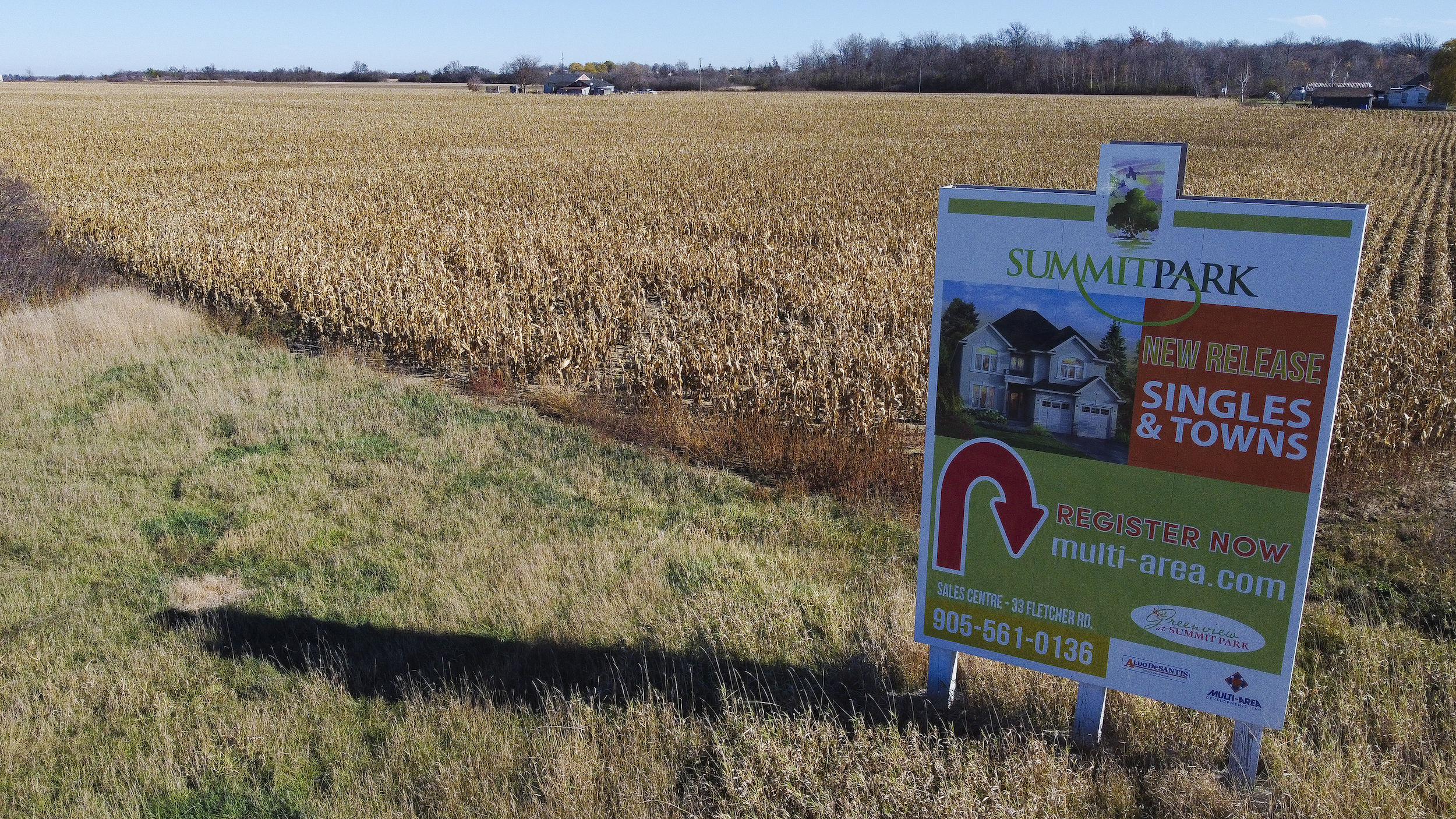
Steve Robichaud, Hamilton’s chief planner, told The Narwhal the province has not paused negotiations about development requirements, such as infrastructure costs, on lands removed from the Greenbelt in the Hamilton region. “This creates a degree of uncertainty if the outcome of the review results in a recommendation to put one or more of the lands back in the Greenbelt,” Robichaud said.
The review is just the latest in a long list of land-use announcements and sweeping development policy changes made without municipal input. The auditor general’s report confirmed the government made its proposed Greenbelt changes public just 11 days after the 2022 municipal elections, before new councils were sworn in, “limiting new councils’ ability to provide comments.” Despite multiple requests for time extensions and consultation, the province did not engage with cities or towns before finalizing the Greenbelt land openings.
But the strain on municipalities began before that: the government’s housing legislation, Bill 23, weakened a series of environmental protections and transferred more conservation responsibility to cities. That started what one planning official, who asked to remain confidential as they aren’t authorized to speak publicly, called “a merry-go-round of process and procedure.”
Cities must follow provincial direction and many have already started planning for all these changes, even the ones they didn’t want. Hamilton, Halton and Waterloo Region, for example, have already begun planning that includes the urban boundary expansions forced on them last fall, which will encroach on sensitive green space and farmland.
To some, the Greenbelt review is just another delay in achieving housing goals.
“Doing it quickly but doing it right is of the utmost importance because this issue needs to be put to rest,” Guelph Mayor Cam Guthrie told The Narwhal. “It is a distraction from the overall issues facing so many communities.” His list includes funding to build the infrastructure needed for development, like sewage and water pipelines, emergency services and more, as well as climate resilience strategies to ensure communities are built to last.
“The housing crisis is so much bigger than the Greenbelt,” Guthrie said. He’s hoping Calandra offers “a fresh set of eyes and, more importantly, a fresh set of ears” that could lead to “a renewal moment for the province.”
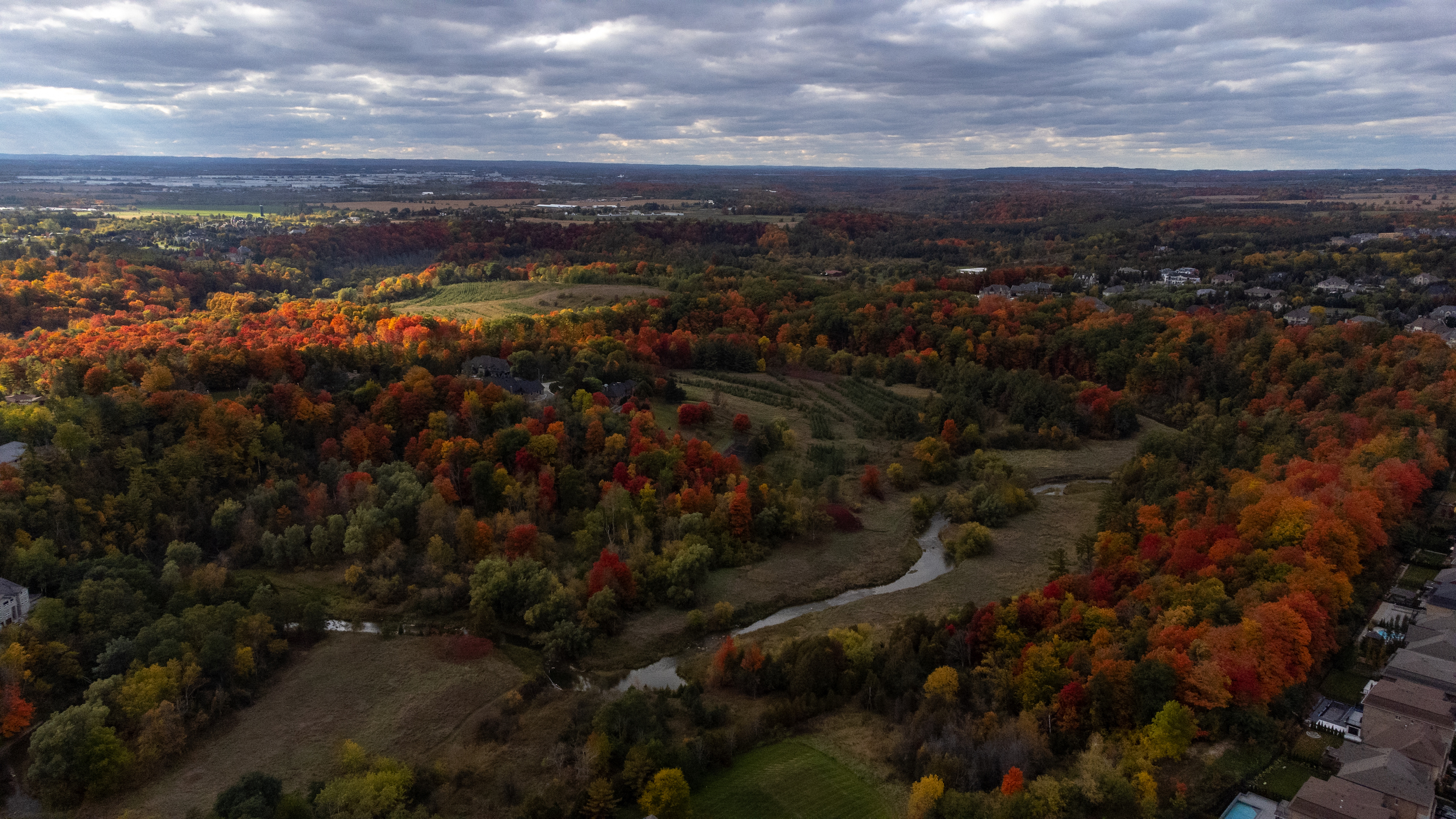
“I’m going to assume [Calandra] read the same reports we did,” Burlington Mayor Marianne Meed Ward said to The Narwhal. “There has to be a different way. … It’s not about whether we solve the housing crisis but about how. We need to do it with integrity and transparency and accountability.”
Waterloo Mayor Dorothy McCabe told The Narwhal she hopes Calandra’s mandate letter is made public — so far, the Ford government has kept been secretive about its instructions to cabinet ministers, going so far as to fight CBC in court — so the government’s priorities are clear from the beginning of the Greenbelt review. She is concerned Ford isn’t halting the development process during the review, despite acknowledging it’s flawed.
“We need clarity … and I do hope they bring a climate lens to housing,” McCabe said.
A second Greater Toronto Area planning official that asked for confidentiality as they aren’t authorized to speak publicly, said a new minister of housing won’t change much. Between Bill 23 and the Greenbelt, the province has already legislated “significant and possibly detrimental” land-use changes for the Greenbelt and beyond, the official said.
“Who knows what this review will force upon us next,” the official said. “What we really need is transparency and communication because we’re already dealing with a lot of change.”
As Ford sought to change the subject on Tuesday, one of the issues he pointed to was his government’s proposed Highway 413, expressing frustration about the federal government’s ongoing review of the embattled project.
It wasn’t the first time Highway 413 has come up in the fallout of the Greenbelt scandal. Construction of the highway would cut through sections of the Greenbelt north of Toronto and several of the developers set to benefit from the construction of the controversial road are also poised to profit from the Greenbelt removals. Amato, Clark’s former chief of staff, worked for Mulroney when she was spearheading the 413, though she has now been shuffled into another portfolio.
The cabinet shuffle could have implications for Highway 413, too — and its sister highway, the Bradford Bypass.
Under Mulroney’s leadership, Ontario’s transportation ministry did begin construction of a bridge needed for the Bradford Bypass, which would cut through a particularly sensitive section of the Greenbelt known as the Holland Marsh. But she also walks away without having made much progress on Highway 413, which has effectively been stalled since 2021, when the federal government announced plans to review the environmental impact of the project. Her replacement, Sarkaria, has a renewed mandate to advance the 413 and other highways, alongside public transit projects.
Still, Ford praised Mulroney Tuesday, saying she’s the “reason we’re building highways” and has done an “incredible job.”
Get the inside scoop on The Narwhal’s environment and climate reporting by signing up for our free newsletter. On a warm September evening nearly 15...
Continue reading
Between a fresh take on engagement and our new life on video, our team is...

The public has a few days left to comment on Doug Ford’s omnibus development bill....

115 billion litres, 70 years to fix, $5.5 billion in lawsuits
